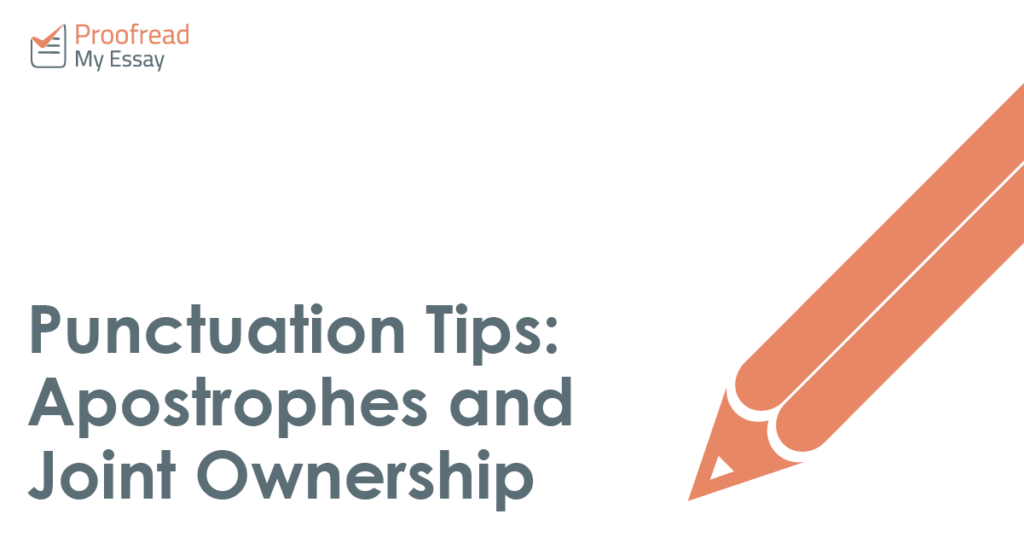We’ve written about possessive apostrophes before on this blog. In case you’re not sure, we use them to show that somebody or something possesses something. For example, we could say:
The computer’s screen is broken.
Here, the apostrophe plus the ‘s’ show that we’re talking about the screen on a particular computer.
(Photo: youngthousands/flickr)
Nice and simple, eh? Unfortunately, there are complications. In this post, for example, we’re looking at what to do when discussing something that is jointly owned or owned by more than one person.
Plurals and Ownership
First of all, though, we’ll offer a quick reminder of what to do when combining plurals and possessive apostrophes. The important thing is that the apostrophe goes after the ‘s’ at the end of the plural:
Singular: The computer’s screen is broken.
Plural: The computers’ screens are broken.
In the second example, the position of the apostrophe changes because we’re talking about more than one computer. And since ‘computers’ already ends in an ‘s’, we don’t need to add another one.
Joint Ownership
Apostrophe placement is also important for joint ownership. The question here is whether we’re discussing something jointly owned by two or more people, or whether we’re talking about multiple people who all possess the same thing. For instance:
Find this useful?
Subscribe to our newsletter and get writing tips from our editors straight to your inbox.
I’ve read Tim and Erica’s report on the computer problem.
This sentence shows joint ownership, since the report was written by Tim and Erica. We show this by using one possessive apostrophe for both people (something known as compound subject).
If Tim and Erica had written separate reports, though, we would write this differently:
I’ve read Tim’s and Erica’s reports on the computer problem.
In this case, we have two possessive apostrophes because we’re referring to two reports. The difference is quite obvious in this case, since ‘reports’ is plural. But there are some words that don’t have a plural form, such as ‘furniture’ or ‘luggage’:
Joint Ownership: Tim and Erica’s luggage went missing.
Multiple Owners: Tim’s and Erica’s luggage went missing.
In the first sentence above, we have joint ownership (i.e. Tim and Erica had combined their luggage). In the second, Tim and Erica have separate luggage. And since the noun ‘luggage’ is the same in both cases, we can see how vital it is to use apostrophes correctly when discussing joint ownership.
